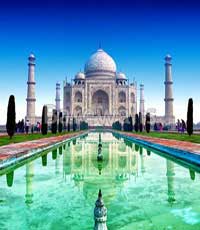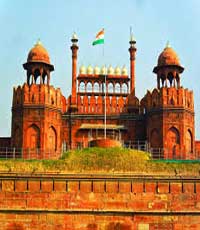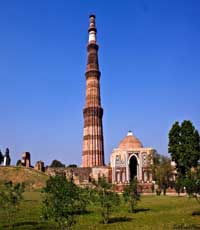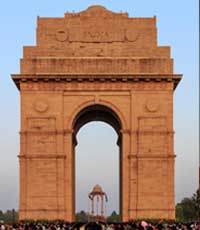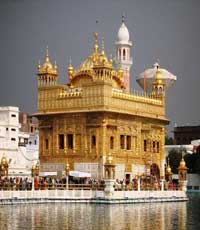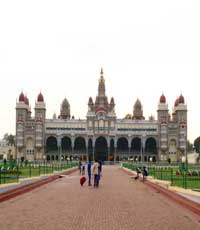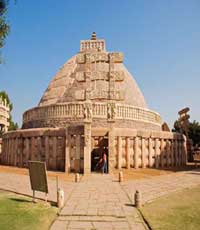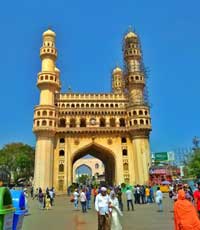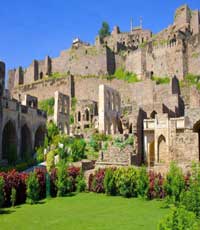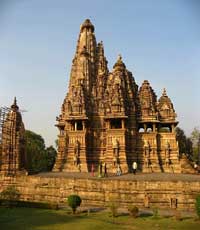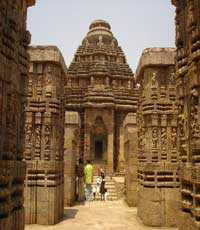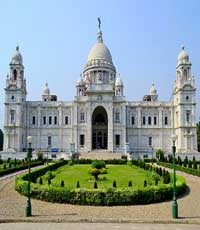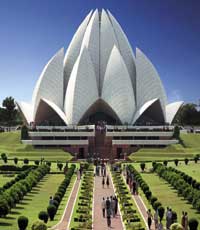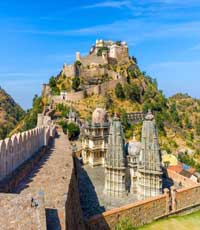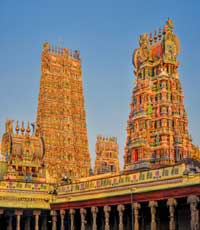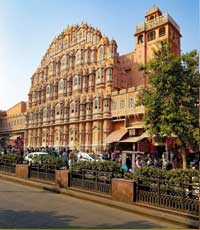
Hawa Mahal is a magnificent architectural monument in the pink city – Jaipur. It was built in 1799 by the architect Lal Chand Ustad for the Maharaja Sawai Pratap Singh. The inspiration for the structure comes from the Khetri Mahal in Jhunjhunu. Hawa Mahal means the palace of breeze.
The palace is a five-story pyramidal shaped monument. The front elevation is like a honeycomb web of a beehive built with small portholes. Each porthole has miniature windows and has carved sandstone grills, finials and domes.
The entire structure of the Hawa Mahal is made of red and pink sandstone, a signature feature in Rajput architecture. This is for it to match with the other similar structures in Rajasthan and particularly Jaipur giving it the epithet of being the ‘Pink City’. Hawa Mahal belongs to the elegant pieces of architecture that many cities of India boast of.
